House Diary: Saint Patrick’s Day
Let’s stipulate up front that I am not Irish! I’m Pennsylvania Dutch through-and-through, all the way back to emigration from the Palatinate in Germany in 1751. But for some odd reason, the very Protestant PA Dutch have embraced St Patrick’s, a day to honor a medieval Catholic saint. At least, that’s how it was in my youth. The “wearing of the green” was de rigueur at school on St Pat’s, and if you were caught not so attired, you were legally subject to all sorts of petty physical reprisals, most typically pinching. I had one green shirt in my wardrobe, which was duly trotted out every March 17th, to avoid falling subject to infraction of the rule.

St Pat’s was also the only other time in the year, besides Halloween and Christmas, when my mother decorated, dragging out a battered jointed paper leprechaun for the front door, and only for that day. We ingested no particular foods on the holiday, and I didn’t become acquainted with Irish soda bread until my twenties.

As you may expect, over the years I have expanded upon those diminutive decorative and culinary origins in my own celebration of the holiday. Today more than a hundred leprechauns and shamrocks vie with the Spring Equinox rabbits, eggs and florals, and I leave the whole display up until late April, sometimes mid-May. For table fare, lately, in COVID-imposed solitude, I content myself with oven-roasted sausages, so much simpler and less messy than the pan-fried variety. But in the past, when entertaining, I have made stuffed cabbage, pork or venison shepherd’s pie, or lamb chops. The one constant has been colcannon, a dish of chunky mashed potatoes with fried cabbage and onions folded in, a traditional Irish staple of the holiday. I’ve made soda bread as well, but I usually just buy a decent loaf from a good bakery, or even the grocery store. Pairing colcannon with asparagus or sauteed beet greens and carrots makes the plate a gustatory version of Ireland’s flag of green, white and orange.

The man for whom the holiday is named was not born then, but rather died on this date in 461; Catholic Saint Days are chosen for the day they expire and are translated to glory in heaven. No one knows when, or even where, the eventual St Patrick was born, but he was reputedly kidnapped by pirates at age 16 and sold into slavery in Ireland, put to work tending flocks. He escaped to Britain six years later, where he entered holy orders, but always felt a pull to the pagan land that had enslaved him.

He returned to Ireland with a missionary zeal so great that by the time of his death, nearly thirty years later, he had converted virtually the entire populace to Christianity. Perhaps the most famous tale of St Patrick is that he banished all the snakes from Ireland, but the story is apocryphal. Cut off from mainland evolution for thousands of millennia, the Emerald Isle has never had indigenous snakes, and the story is likely a metaphor for the Saint’s almost single-handed extirpation of paganism, for which the snake was a common symbol.

This year, the stars seem determined to honor St Patrick, with a Yod pattern dominating the skies. With the Sun at 27 Pisces at its Apex, conjoined by Neptune at 20 Pisces and Venus at 24, the Yod extends by inconjunct aspects to a pairing of asteroids Patricia (feminine version of Patrick, closest available to that name) and Blarney (a noted Irish trait of overdone flattery or codswallop, as well as the Blarney Stone, one of the island’s more famous attractions) at 24 and 29 Leo respectively; and to asteroid Green, the color celebrating all things Irish, at 20 Libra. Patricia also exactly opposes asteroid Ireland at 24 Aquarius, conjunct Jupiter at 20 Aquarius, for the Saint (Patricia) who forever changed the religion (Jupiter) of the Emerald Isle (Ireland).
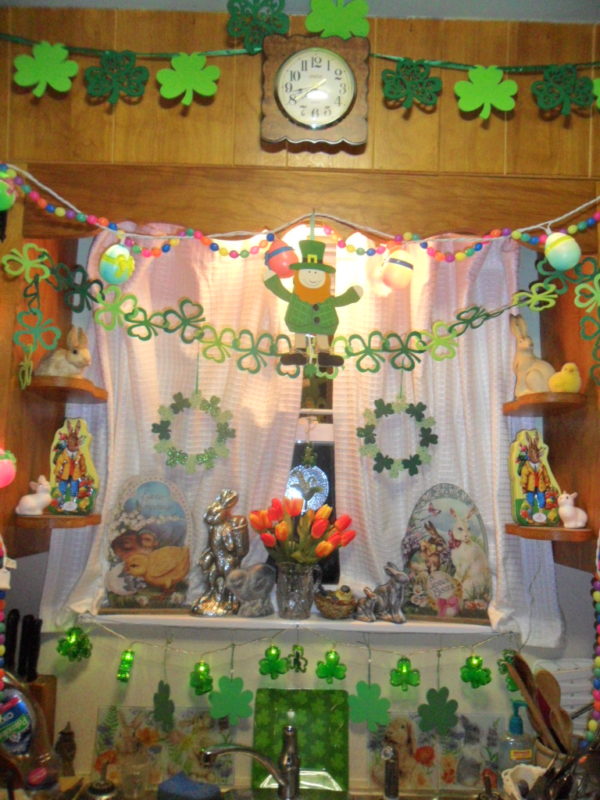
Commemorated historically as a holy day of obligation, with church attendance mandatory, the celebration of St Patrick’s Day took on subversive political overtones in the late 1800s, as Ireland struggled for its independence from the British Crown. Her Majesty Queen Victoria’s army went so far as to ban the wearing of the shamrock, a traditional emblem of their homeland, for its Irish regiments. A guerilla war of independence ensued immediately after World War I, with most of Ireland officially regaining its sovereignty in 1922, although the northern provinces surrounding Belfast remained loyal to the Crown.
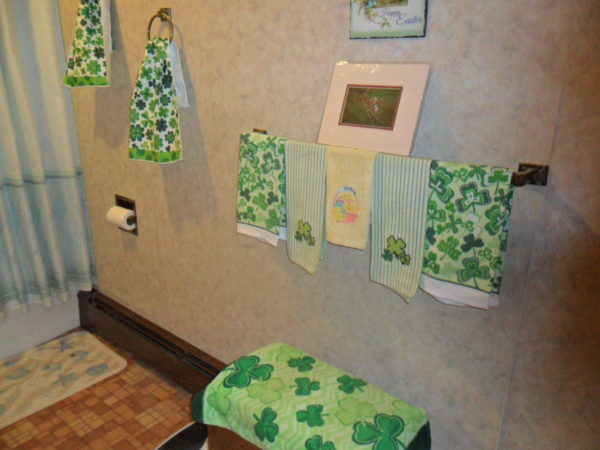
In the middle 1800s a failure of the potato crop, Ireland’s staple diet, created a famine which drove millions of Irish to America’s shores, where the holiday gradually developed from an essentially religious one into the more raucous secular celebration with which we’re familiar today, complete with parades, beer and rivers dyed green, parties and drunken revels. This year the Solar stellium with Venus and Neptune well expresses the modern take on St Pat’s.
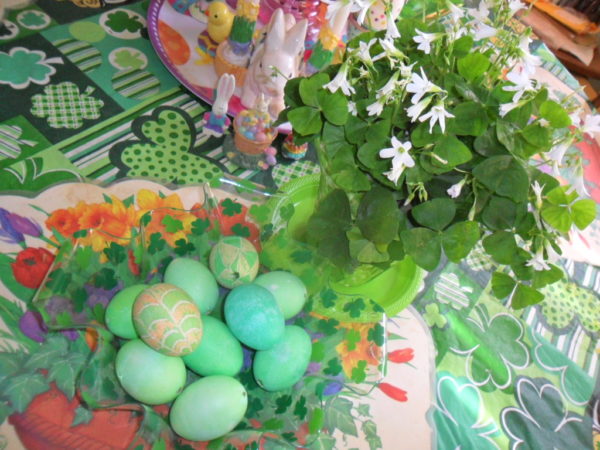
Whether you celebrate as native Irish or an adopted child, in Church or Chapel, party or parade, here’s bidding you a hearty “Slainte!” on this St Patrick’s Day!
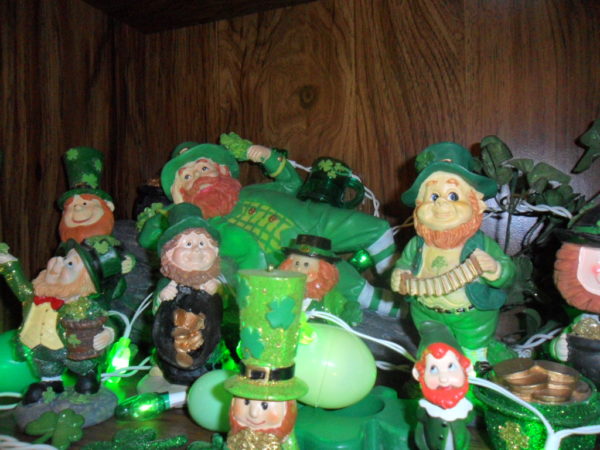
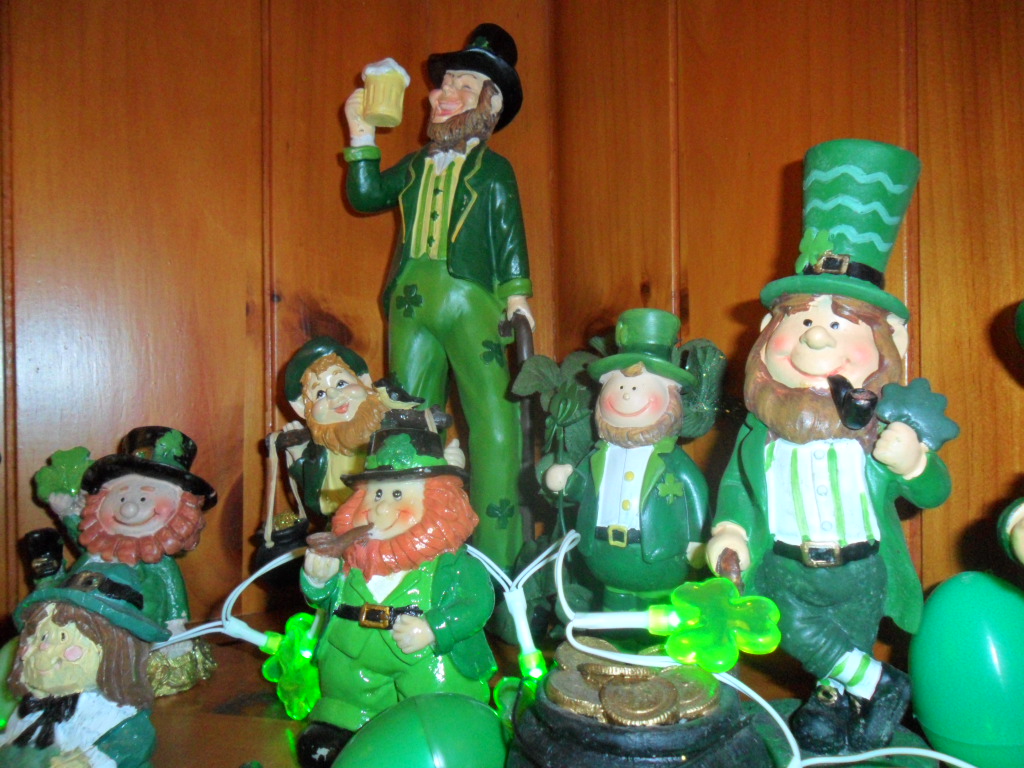

2 comments, add yours.
Marianne Jacobson
Love the history and the decorations bring a smile for today! Thank you!
Laurien
I also enjoy learning the history behind these celebrations along with the asteroid connections. Despite your Dutch roots you surely qualify as an honorary Irishman! Wishing you the luck o’ the Irish all year round!